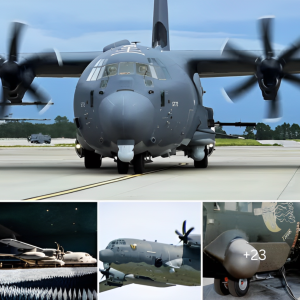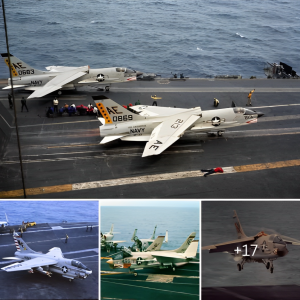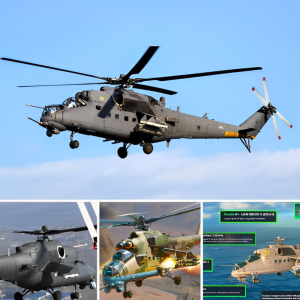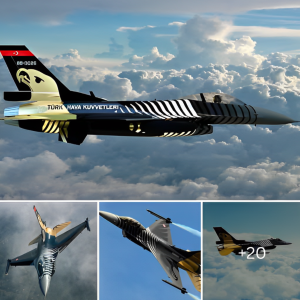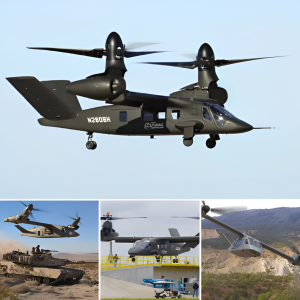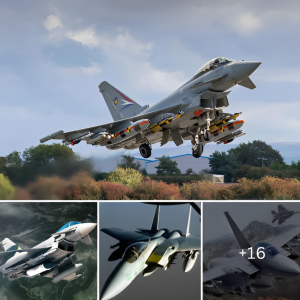Imagine a US Navy version of the F-22 Raptor flying from a US Navy Aircraft Carrier China and Russia would have hated this – The U.S. Air Force’s venerable F-22 Raptor is widely seen as the world’s most capable air superiority fighter, but for a short time, it was nearly joined by a sister platform modified specifically for the Navy in the NATF-22.

The Lockheed Martin F-22 Raptor came about as a result of the U.S. Air Force’s Advanced Tactical Fighter program that aimed to field an all-new aircraft that could not only compete with advanced Soviet jets like the Sukhoi Su-27 and Mikoyan MiG-29, but dominate them. The Su-27 and MiG-29 had both been developed with America’s F-15 Eagle and F-16 Fighting Falcon squarely in their sights, and although the Soviet Union was on its last leg by the late 1980s, the Air Force remained steadfast in its need for a new generation of fighter.
The F-22 Raptor
Ultimately, the F-22 Raptor won out over its (arguably more capable) Northrop YF-23 competition, thanks in no small part to Lockheed’s flair for dramatic presentations and Northrop’s troubled reputation at the time. While the YF-23 boasted better range and stealth, the YF-22 and its operational F-22 successor offered a combination of solid capability and Lockheed Martin’s reputation for delivering highly capable military aircraft. While the YF-22 ultimately won the decision, either aircraft would have gone on to become the world’s first stealth fighter, establishing a new generation of fighters to come. Had the YF-23 won out, it would have also been the defacto choice for a Navy fighter variant for consideration.

While some still contend that an F-23 could have been the superior fighter, the F-22 quickly separated itself from its operational competition thanks to a combination of low observability, high speed, and acrobatic performance. The Raptor was not only able to reach and sustain speeds as high as Mach 2.25, it also offered the ability to “supercruise,” or to maintain supersonic speeds without the use of the afterburners on its pair of Pratt & Whitney F119-PW-100 augmented turbofans. The thrust pouring out of those engines was managed by the aircraft’s Thrust Vector Control surfaces, which allowed the pilot to orient the outflow of the engines independent of the direction the aircraft was pointed. In other words, an F-22 pilot can point its nose (and weᴀponѕ) down at you while it continues to push forward through the sky.
The F-22 proved so capable, in fact, that Congress pressed the Navy to consider adopting a sweep-wing version of the new fighter under the NATF (Naval Advanced Tactical Fighter) program that began in 1988. The groundbreaking fighter was also the basis of the FB-22 concept, which was a Delta-wing F-22 variant meant for service as a fighter-bomber.

In return for the Navy considering the NATF as a potentially lower-cost alternative to developing their own replacement carrier-based fighter, the U.S. Air Force agreed to evaluate a modified version of the carrier-based stealth bomber being developed under the Navy’s Advanced Tactical Aircraft (ATA) program as a replacement for their own aging F-111.
In theory, this agreement would allow the Air Force to leverage Navy R&D for their new bomber, while the Navy leveraged the Air Force’s for their new fighter. This approach to sharing development costs across branches, one could argue, would reach its zenith when multiple combat aircraft programs across the Navy, Air Force, and Marines were merged to create what would go on to become the (incredibly expensive) F-35 Joint Strike Fighter program.
